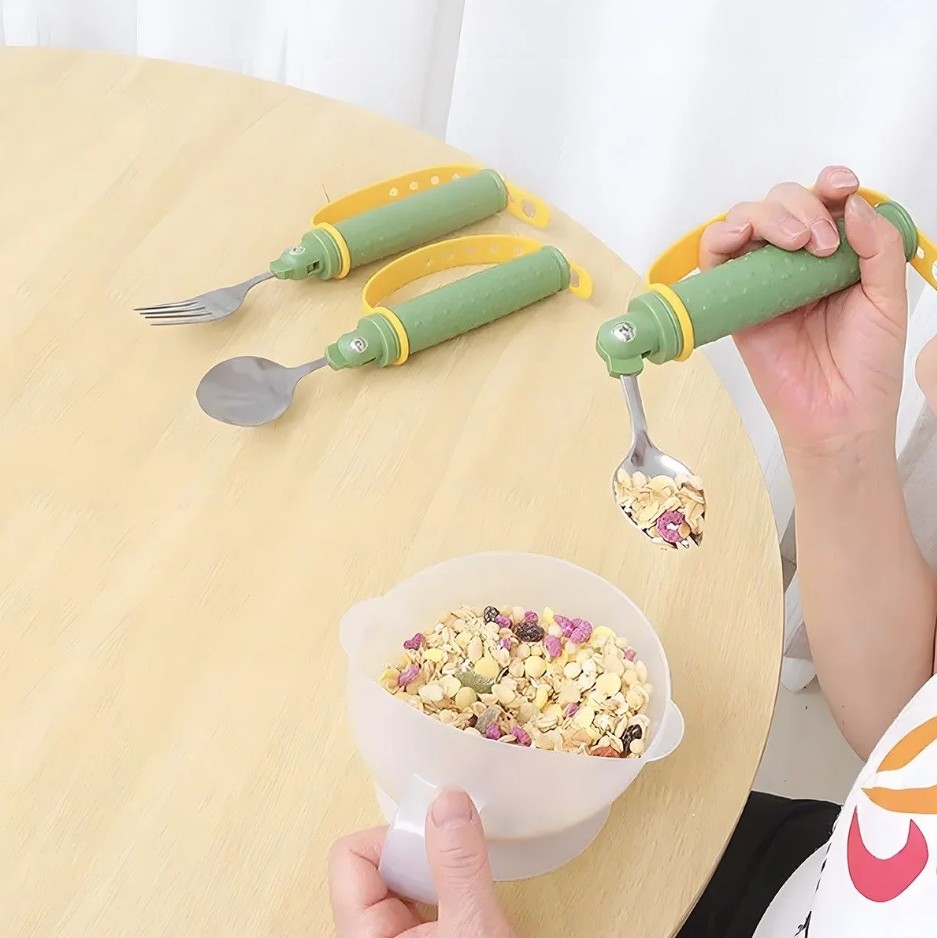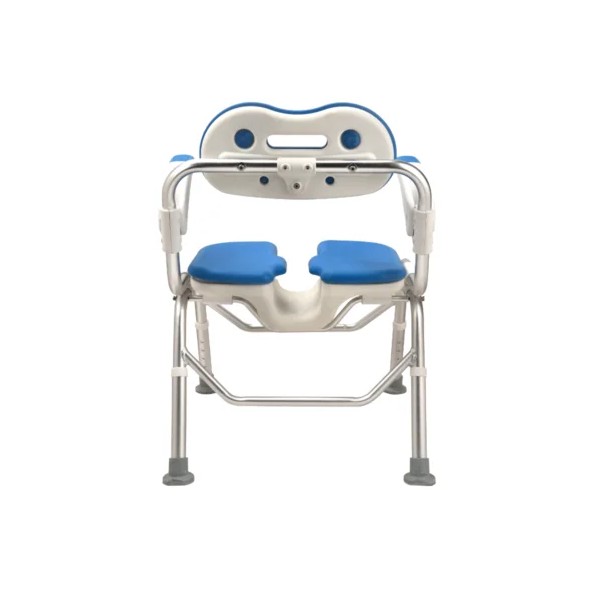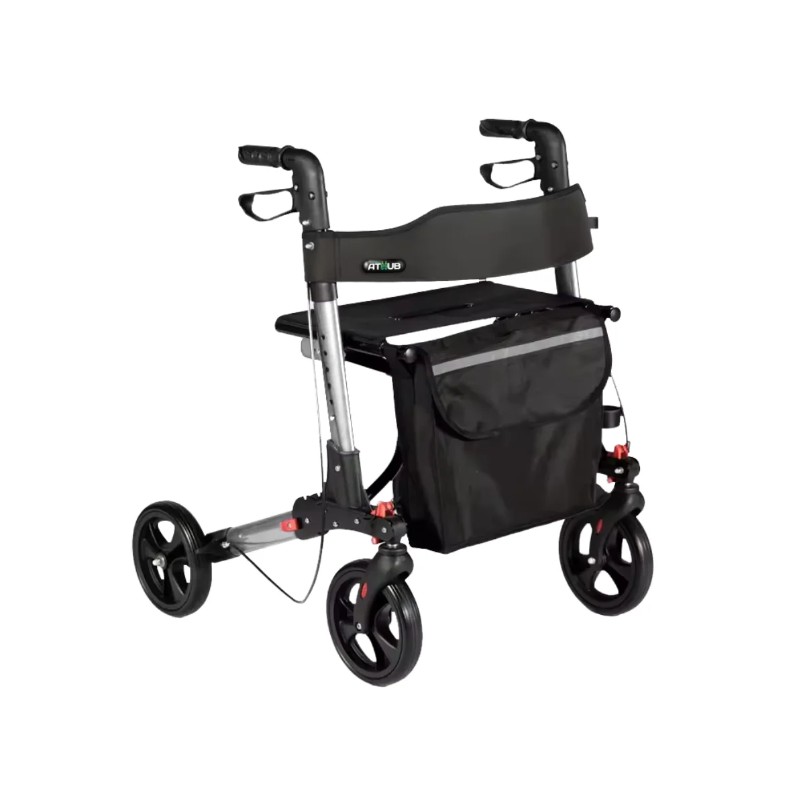Choosing the Right Household Assistive Products
Choosing the right household assistive products for a safer home is important.
These products help perform most everyday indoor activities such as walking, cooking, and getting out of bed.
Whether elderly, physically challenged, or just someone recovering from an injury, various products are available to suit everyone’s needs.
For example, a walker provides moving around the house easily to an individual with weak legs.
A grab bar fix in the bathroom protects someone from slipping and falling.
Basically, what is important is to get the proper product and find tools to solve your daily problems.
Benefits of Daily Living Aids for Independence

Daily living aids are tools or gadgets designed to help people with everyday tasks like eating, dressing, or getting around.
These aids offer several benefits that help individuals stay independent, including:
- They enable people to do things for themselves instead of relying on others to do certain things.
- They help build confidence because they encourage independence.
- Grab bars and non-slip mats make it safer.
- With the use of walkers and canes, you can be assured of perfect stability with safety for movement.
- Make chores easier for people by using ergonomic utensils and adaptive tools.
- Reduces physical strain for individuals who have limited strength or mobility.
Accessible Home Equipment for Improved Living
Accessible home equipment is designed to make your home safer and easier to live in.
These products work for everyone, but they are especially useful for elderly people and those with disabilities.
Things like adjustable beds, wide-door wheelchairs, and stairlifts can make a big difference in daily life.
Household Aids for the Elderly: Enhancing Comfort

Household aids for the elderly are designed to be much easier and comfortable.
For example, a raised toilet seat reduces the effort required to get on or off it.
Recliner carrier chairs provide greater ease while standing for those having to get out after sitting.
Another helpful aid is the shower chair.
Standing up in the bathroom can be exceptionally tiring for older adults, if not dangerous; a shower chair sturdy enough to allow them to sit would make bathing much more secure and less strenuous for them.
Adaptive Household Products for Everyday Tasks
Adaptive household items are those products that provide assistance when carrying out daily chores such as cooking or dressing.
They are made use of doing any task despite having limited strength or mobility.
Easily grip utensils are wonderful for people with arthritis because they do not have to hold it tightly.
For example, one-handed methods of opening cans or jars make cooking a lot easier.
And lastly, button hooks or zipper pulls, which are excellent for individuals having trouble performing fine motor tasks can be added to adaptive tools.
Assistive Devices for Greater Independence at Home
Sometimes, a home may require more than the small tools to be kept secure and independent.
It would probably be the larger assistive apparatus such as mobility scooters, adjustable beds, or stairlifts which would give life greater ease.
Such equipment assists with the more major tasks-kind of things like getting from one location and back again within the house or into or out of bed or even climbing stairs.
One of the new things is the voice-activated solutions.
It is smart home assistants like Alexa or Google Home that can switch on or turn off the lights for you, remind you to take the medicines, or call for assistance—all done through voice commands.
How to Select the Best Daily Living Aids
Choosing the best daily living aids might seem overwhelming because there are so many options.
But if you think carefully about what you need, it becomes much easier. Here’s how to get started.
Factors to Consider When Choosing Household Assistive Products
- Understand Specific Needs
First and foremost, think about the user of the product. What will they really be challenged by?
For instance, poor balance would indicate a walker or cane, while difficulty with gripping objects would indicate adaptive utensils or jar openers.
- Safety First
Safety matters. Invest in products with safety features such as non-slip bases or strong grips.
For example grab bars which carry the weight of a human being and non-slip feet of shower chairs.
- Ease of Use
Choose products which are easy to handle.
Because complex devices cause frustration and may not be used as frequently.
An example is a simple and easy-to-use pill organizer to help one have a proper medication schedule without confusion.
- Consult a Professional
In case you have some doubt concerning what to buy, feel free to consult the occupational therapist or the health care provider.
They would guide in recommending things that best suit the person.
This becomes especially important for a user with multiple challenges or medical conditions.
- Check Durability and Comfort
Quality, after all, is paramount, and even comfort while using should be in your consideration.
Most likely, cheap products broke easily and became uncomfortable with prolonged use.
It’s better to invest in something durable that lasts longer.
- Consider Budget and Value
Some products might be expensive, but alternative choices are usually very cheap.
Compare, review, and check what value the item might bring to your life daily.
Important: It’s not about getting the cheapest option—it’s about what works best, and in most cases, lasts longer.
FAQs:
Daily living aids are tools that help with everyday tasks like eating, bathing, or dressing. They can be used by anyone who finds these activities difficult, including elderly individuals, people with disabilities, or those recovering from injuries.
Household aids for the elderly, like grab bars or shower seats, improve safety and comfort. These tools reduce the risk of falls and make everyday tasks easier to handle.
Adaptive products include items like ergonomic kitchen utensils, button hooks for dressing, and voice-activated devices. These products are designed to simplify tasks and promote independence.
Accessible home equipment comes in a range of prices. While some items like grab bars are inexpensive, larger installations like stairlifts can be costly. However, there are many affordable options that still provide great benefits

NDIS Respite/STA Organiser & Planner in Victoria
I hold a Master’s degree from the University of Melbourne and have dedicated my career to supporting NDIS participants. With extensive experience in providing Respite and Short-Term Accommodation services, this journey has been both personally and professionally enriching. It has allowed me to meet remarkable individuals within the NDIS community and continuously learn and grow alongside them.



